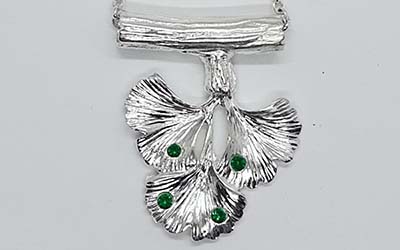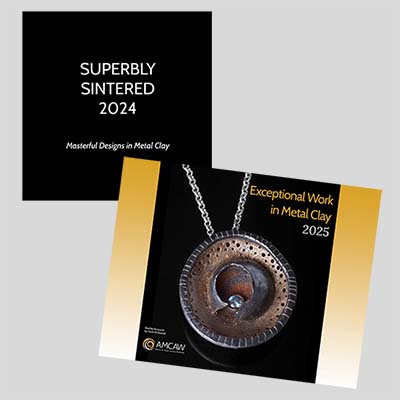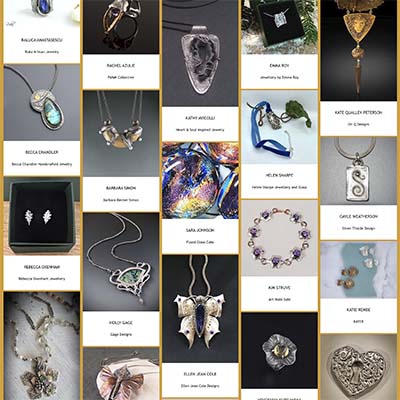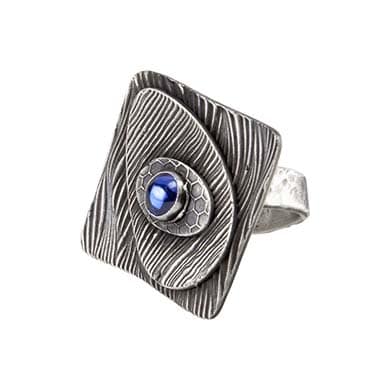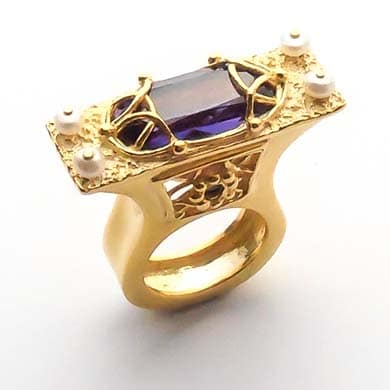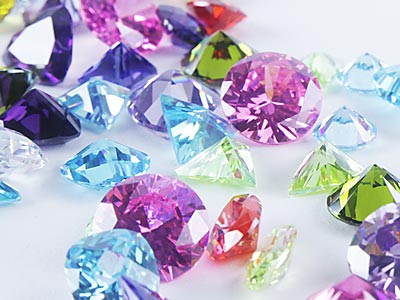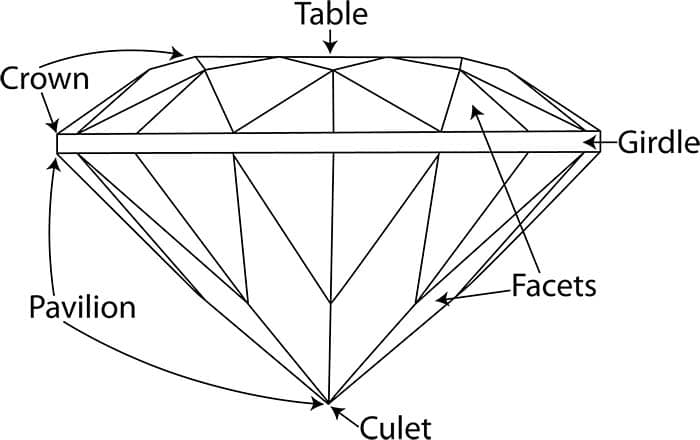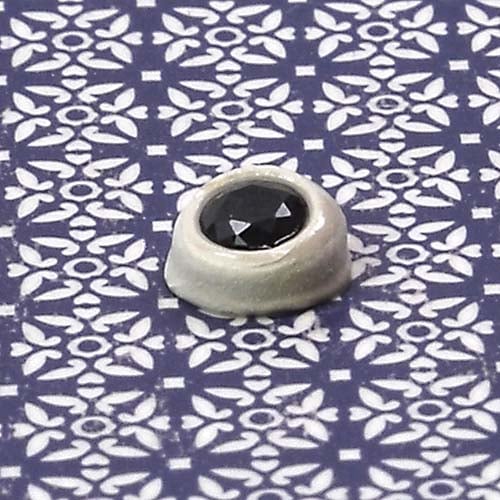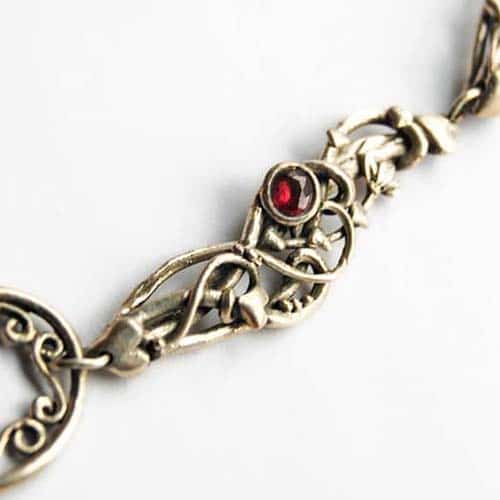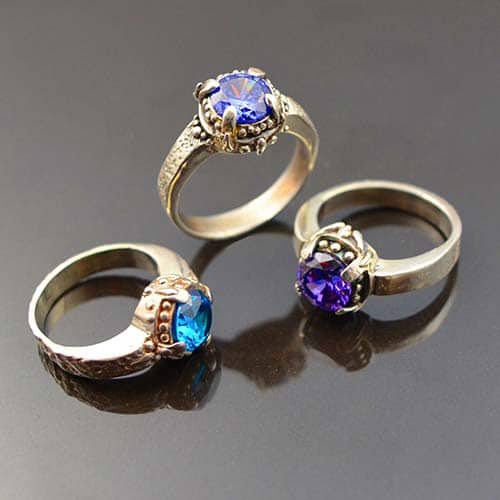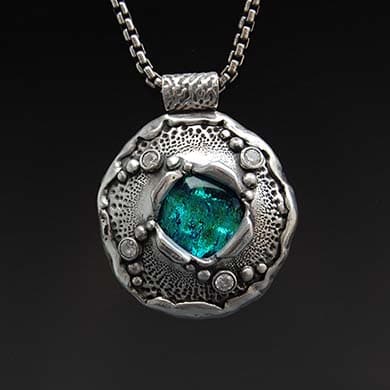Heat Sensitivity: Stones that Can Be Fired in Place
There are several stones that can be fired in place, but not all can be fired at the same temperature or using the same firing technique.
Natural corundum (sapphire and ruby) are very heat tolerant and are a good bet if you want to fire a natural stone, but diamond fired in the oxygen rich atmosphere of an open kiln will vaporize. Small diamonds have survived when buried in carbon, so the method of firing can also affect success when firing a natural stone.
High-fire stones that can be fired in place in an open kiln at 1650ºF (900C) for at least one hour without color change include:
- Alexandrite – natural gemstone
- Corundum (rubies and sapphires)
- Cubic Zirconia (CZ)
- Spinel
- Zircon
- Nano Gems
Low-fire stones can be fired in place at temperatures from 1110º F (600C) to 1300ºF (700˚C) for at least 30 minutes. These are stones that are not only heat sensitive but may change colors at higher temperatures.
Some examples of these stones are:
- Amazonite
- Chrome Diopside
- Garnets
- Hematite
- Labradorite
- Moonstone
- Sunstone
- Peridot
No-fire stones are those that cannot be fired in place, either because the stone would be destroyed, or the color would be significantly changed. These stones would have to be set using traditional methods after firing the base metal clay piece.
Some examples of no-fire stones are:
- Agate
- Alexandrite
- Amethyst
- Citrine
- Malachite
- Opal
- Pearl
- Quartz
- Tigers Eye
- Topaz
- Turquoise


